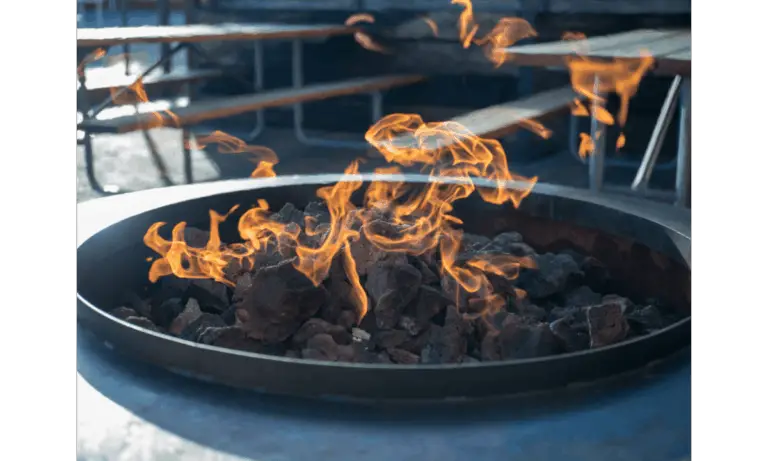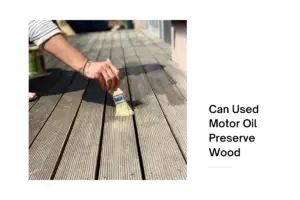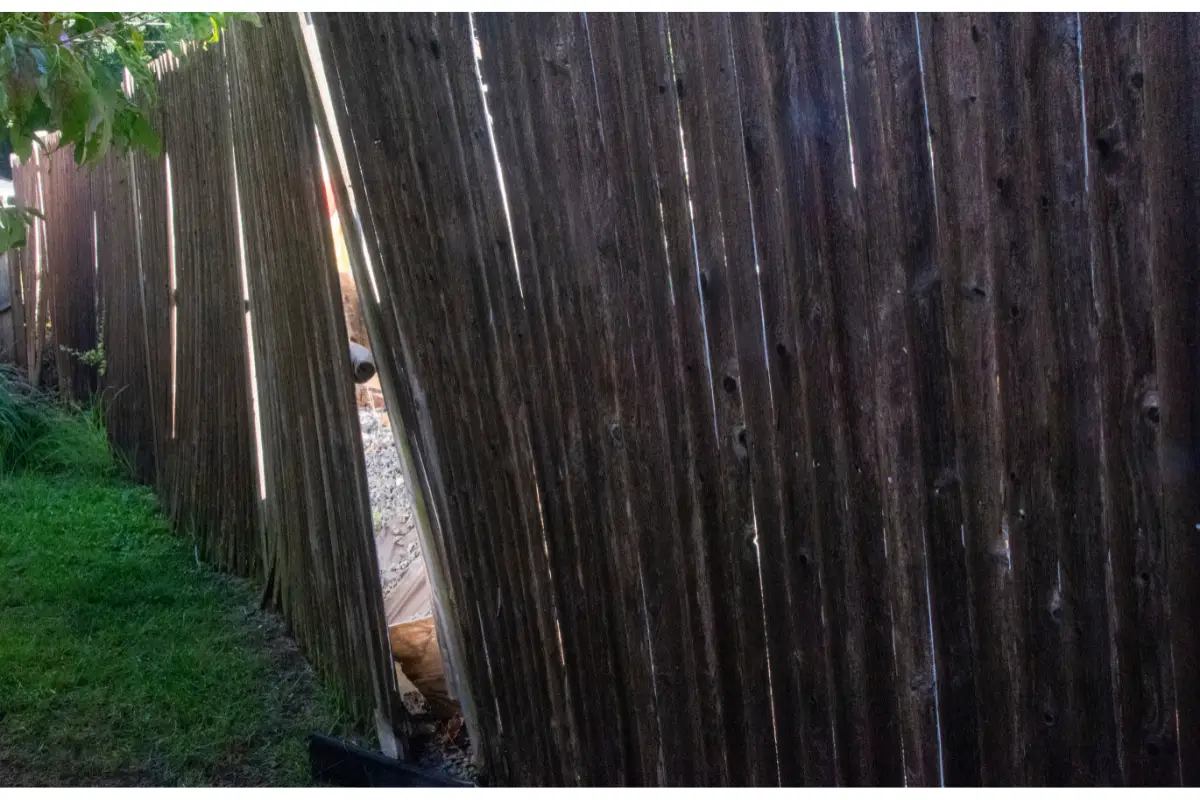Fire pits are quickly becoming a popular addition to backyard get-togethers. With the correct setting, you may enjoy time with family and friends, a few drinks, and, of course, food. A fire pit is an ideal way to enjoy your backyard, whether you intend on entertaining a dozen people for a barbeque or simply sipping a glass of wine by the fire after a long day at work. However, many people wonder if they can use aluminum for a fire pit.
You can use aluminum to make a fire pit. Aluminum is a light metal that has a very high melting point. Open home fires will not be able to heat and melt it whatsoever. In addition to that, aluminum is a light metal that you will not have a hard time carrying from place to place.
Aluminum has a melting point of about 1221 degrees Fahrenheit; most open fires in your homes cannot easily attain this amount of temperature.
Keep in mind that fire pits are used to provide heat to warm up your evenings or night when you are sipping your favorite drink or grilling meat in your backyard for a get-together. It is impossible to produce high amounts of heat that can melt aluminum.
If you want to get a fire pit or want to make one of your own in your home, and aluminum will work just fine. Aside from aluminum having a high melting point, it will give you an easy task when you want to carry it from one place to another due to its low density hence lightweight.
With that said, let us look at some of the characteristics of aluminum metal. This should help us to get a deep understanding of it and determine if it’s prudent to use it for making a fire pit in your home. Read along.

Does Aluminum Burn or Melt?
No, aluminum will not burn. Aluminum does not burn quickly because the ignition temperature is 1,220 degrees Fahrenheit or 660 degrees Celsius, which is relatively high to accomplish.
The aluminum molecular structure is arranged in such a way that its molecules are densely packed, necessitating a high temperature to burn it. However, aluminum powder is highly flammable.
Many tests have been carried out to burn aluminum with a lighter. However, because a lighter cannot achieve the required temperature, it cannot burn aluminum.
As a result, we can deduce that aluminum undergoes a tiny physical change when exposed to a lighter.
Some lighters may produce flame temperatures of above 1500 degrees Fahrenheit, which is higher than aluminum’s melting point of 1220 degrees Fahrenheit.
Even though these lighters have a high temperature, they cannot deliver enough BTUs, the traditional SI measure of heat, to melt the metal.
Butane lighters with a flame temperature of 4074 degrees Fahrenheit are an example of such lighters.
What you must understand is that open fire will not melt aluminum. An efficient forced air furnace, on the other hand, will melt aluminum. We all know that fire requires a lot of oxygen to burn. You should be aware.
However, aluminum oxidizes exceptionally quickly when the metal is exposed to air; a thin film of aluminum oxide forms on top of it. However, unlike steel rust, the aluminum oxide coating acts as a sealant on top of the metal, successfully preserving it from further oxidation.
The oxidation process is accelerated when the aluminum is heated.

Can You Melt Aluminum In A Fire Pit?
Fire pits rarely heat up to temperatures higher than the melting point of aluminum. It will therefore be tough to melt aluminum over the fire pit. Nevertheless, some fire pits may heat up to the melting point of aluminum. This doesn’t mean that they will melt the metal. With open fires, it is challenging to keep those temperatures constant at that point.
You may melt aluminum metal in the fire if you build a forced-air furnace and utilize a crucible to keep the metal from oxidizing too much. Furthermore, the fire burns with sufficient oxygen supply in a forced-air furnace, effectively, with very little heat loss and very little smoke.
To melt metal in a fire, you must first isolate the aluminum from the flames. And you must pump additional air in the manner of a forced-air furnace while attempting to keep the heat within the furnace as contained as feasible.
What Metal Do You Use For A Fire Pit?
The amount of heat produced and the frequency and length of use will be deciding factors in selecting the best metal fire pit. Different metals may deteriorate when subjected to high temperatures. Such solutions are unsuitable for a household fire pit.
Cast iron is stronger, more robust, and more heat resistant than many other metals, making it an excellent choice. Other metals can be utilized for a tiny fire or a fire pit used infrequently or for a short time.
Aside from looks, stainless steel is a wonderful choice for a fire pit because of its durability and resistance to rust. As with all types of fire pits, the design and finish are heavily influenced by the intended applications.
Some fire pits are purely decorative, while others provide heat or cooking. A metal fire pit is an excellent addition to an outdoor lounging area or conversation space.
A copper fire pit is another standard option. Copper is both powerful and beautiful. It does require more upkeep than other forms of metal because it tarnishes quickly. It is not advisable to leave copper metal wet, so make sure to drain, clean, and cover your copper fire pit.
Choose a suitable copper cleaner to clean copper. If your copper pit, or any metal fire pit, does not already have drainage holes, you may want to try drilling some in the bottom of the bowl or plate. When you are sure that the fire has been extinguished and that the fire pit will not be used for some time, cover it with a weather-resistant cover.











